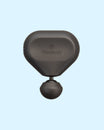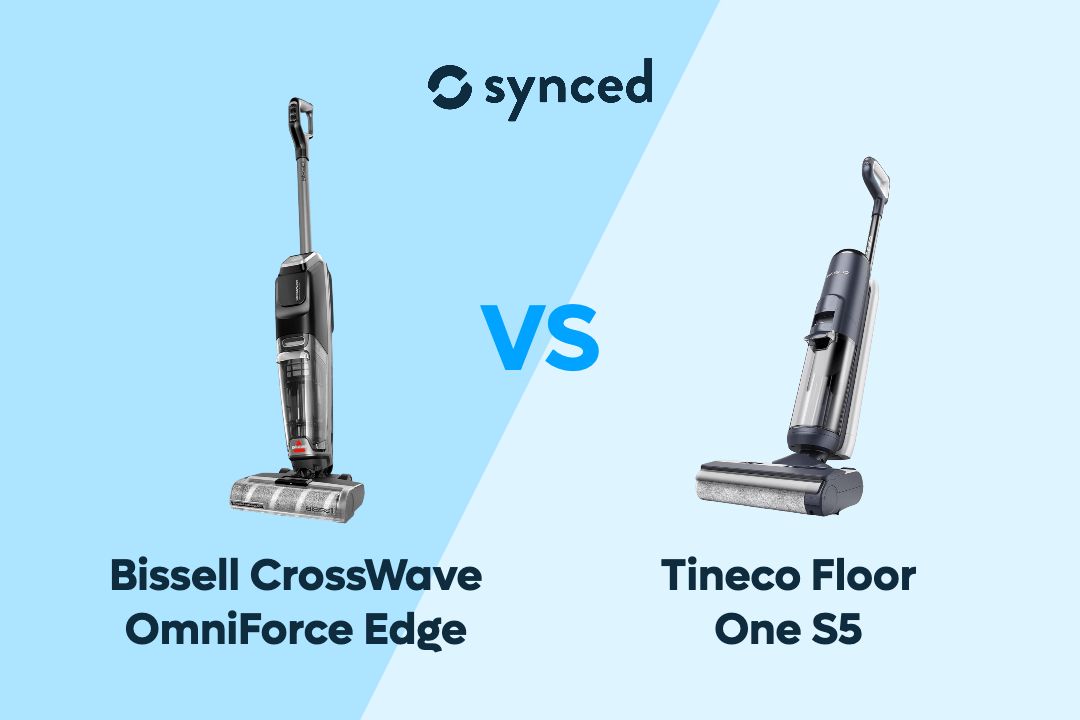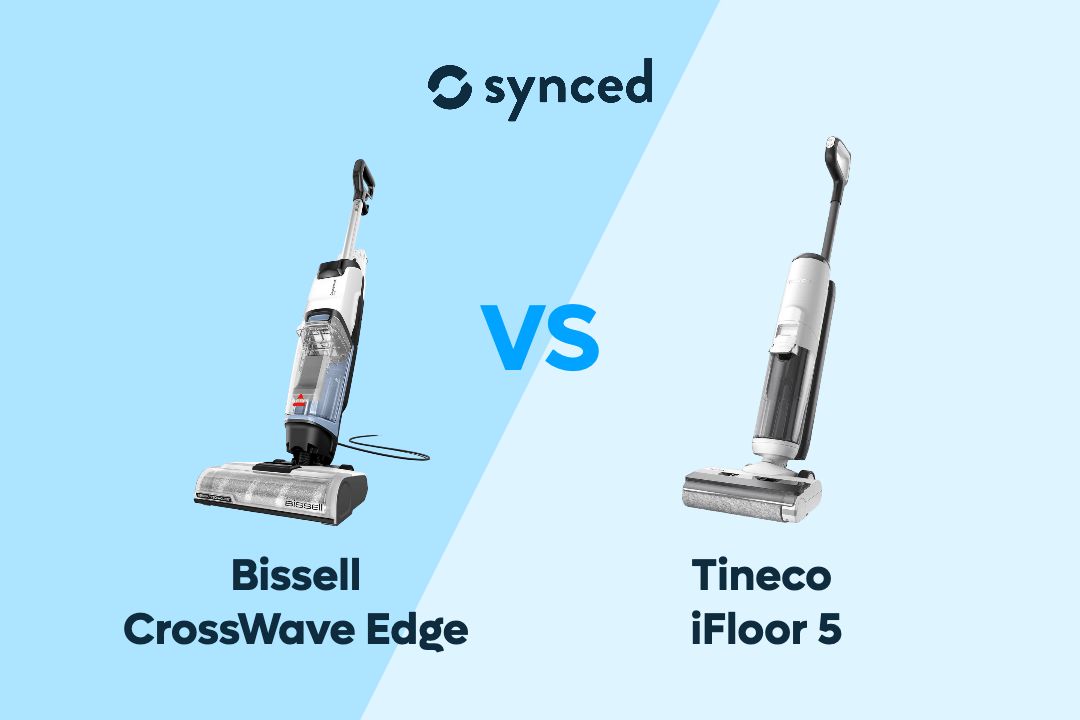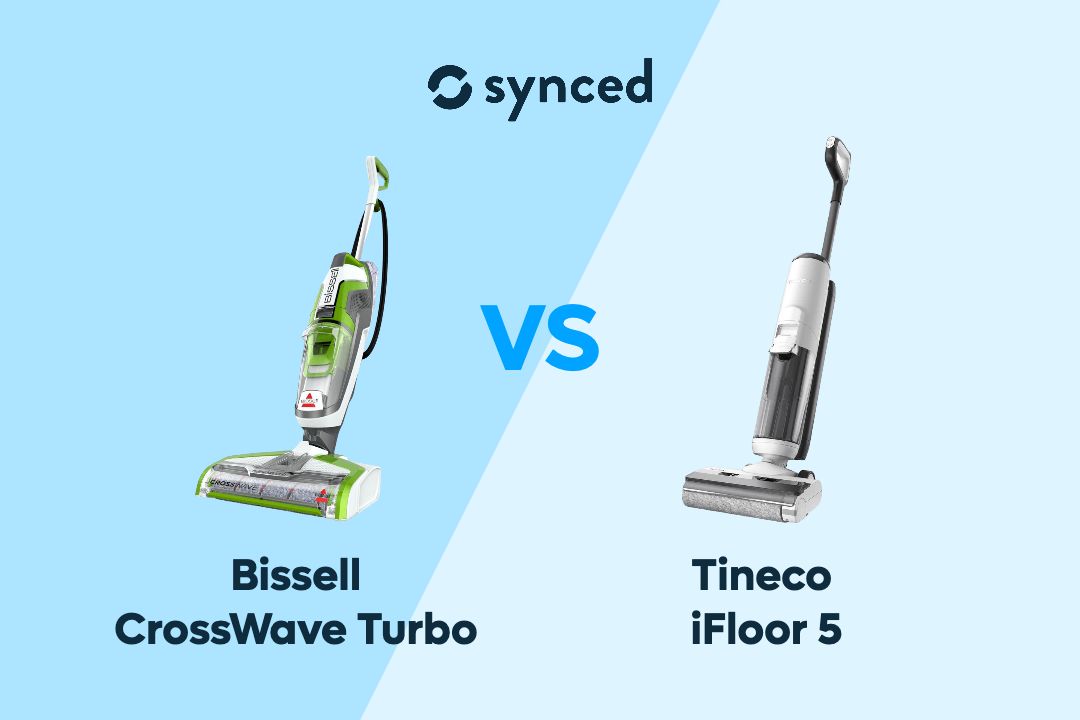Samsung S90D vs LG G4: Things to Know!
By Naila Syifa
Updated April 2024

Samsung S90D and LG G4 are two premium OLED TVs newly released in 2024. Both TVs offer stunning picture quality, advanced features, and sleek designs that will elevate your home entertainment experience.
When comparing these two premium models, there are several key factors to consider before making your purchase decision.
Key Takeaways
LG G4 has a peak brightness of 3,000 nits, while the S90D reaches a peak brightness of around 1,300 nits. LG G4 also features a more powerful 4.2-channel speaker system compared to the 2.1-channel of S90D. In addition, LG G4 allows multi-viewing for up to 4 content while S90D only supports 2.
Generally, the LG G4 is better than the S90D, but the S90D also has some features that make it a compelling choice, such as Active Voice Amplifier Pro, OTS Lite, and SmartThings compatibility.


Samsung S90D OLED TV
Premium Smart TV
✓ NQ4 AI Gen2 Processor
✓ Dolby Atmos and Object Tracking Sound Lite
✓ Motion Xcelerator 144Hz
✓ Samsung Tizen OS

LG G4 OLED evo
High-End OLED TV
✓ α11 AI Processor 4K
✓ Micro Lens Array
✓ Gallery Design
✓ webOS 24
#1 Price

Samsung S90D
LG G4 is a high-end OLED TV from LG, retailing at quite an expensive price point. Its smallest 55-inch model is priced at US$2,600, while its largest 97-inch model costs around US$25,000.
Samsung S90D is also quite expensive, but it retails at a lower price point than the LG G4. For example, the 55-inch model retails at US$2,000 while the 65-inch model is priced at US$2,700. The S90D is also available in smaller sizes that the G4 does not offer, including 42-inch and 48-inch, making it a more affordable option for those with limited space or budget.
#2 Design

LG G4
The "G" in G4 stands for "Gallery", referring to its unique ultra-slim design that resembles a work of art when mounted on the wall, thanks to its Zero Gap Wall Mount. At just 0.94" (2.4 cm) thick, the G4 has a consistently slim profile throughout, making it one of the thinnest OLED TVs available.
In contrast, while the S90D also features a slim profile and is nearly bezel-less for a seamless appearance, it has a thicker lower profile compared to the G4's uniform picture frame-like thinness. As a result, the S90D protrudes slightly from the wall when mounted, unlike the completely flush gallery design of the LG G4.
Both TVs feature connectivity ports on the back panel, but the LG G4 has another advantage with its 3 USB ports compared to the 2 USB ports in the S90D. More ports allow for connecting additional devices simultaneously. However, both TVs offer a good selection of HDMI, Ethernet, and other essential ports.
#3 Picture Quality

Samsung S90D
Samsung S90D delivers exceptional picture quality with its NQ4 AI Gen2 Processor, which utilizes 20 AI neural networks to improve picture quality and upscale content to 4K resolution. The OLED HDR+ makes the screen about 20% brighter than the previous generation model, while the Real Depth Enhancer provides a more realistic image by creating a greater sense of depth and dimensionality.
LG G4 is powered by Alpha 11 AI Processor, which also excels in upscaling content to 4K resolution and enhancing picture quality through advanced algorithms. This new processor is the latest and so far most advanced one in LG's OLED TV lineup, promising a 70% upgrade in graphics performance and 30% faster processing compared to its predecessor.
What makes the LG G4 stand out from the Samsung S90D is its Micro Lens Array (MLA) technology, which currently is the brightest OLED TV panel in the market. This provides a significant boost in peak brightness and overall luminance, resulting in more vibrant and impactful HDR performance. As a comparison, the LG G4 has a peak brightness of 3,000 nits, while the S90D reaches a peak brightness of around 1,300 nits.
#4 Audio Quality
Object Tracking Sound Lite in Samsung S90D
Samsung S90D has a 2.1-channel speaker system, while the LG G4 features a more powerful 4.2-channel speaker system. Based on this difference, the LG G4 is winning in terms of audio output, delivering a more powerful and dynamic sound experience.
However, the Samsung S90D stands out with its Active Voice Amplifier Pro feature, which uses AI to scan background sounds and automatically enhance voices when ambient noise is detected. This ensures that you can always hear the dialogue clearly, even in noisy environments.
This feature may seem similar to the Clear Voice Pro in the LG G4, but it is actually slightly different. Clear Voice Pro is also a dialogue-enhancing feature, but it adjusts voices based on the content being played rather than the surrounding noise levels. When enabled, the dialogue will be emphasized while background music and sound effects are reduced. However, this may negatively affect the overall sound, so it is more recommended for dialogue-heavy content like documentaries.
Samsung S90D also features Object Tracking Sound Lite, which uses AI to analyze the on-screen content and position the sound accordingly, creating a more immersive audio experience that follows the action on the screen. Dolby Atmos is also present on both TV models for an immersive 3D surround sound experience.
#5 Smart Features

LG webOS 24
Samsung S90D uses Samsung Tizen OS while the LG G4 uses LG webOS 24. Both operating systems are different, but both emphasize easy access to your favorite streaming apps and services, as well as intuitive navigation and personalized recommendations based on your viewing habits.
One smart TV feature that both models share in common is Multi View, which allows you to split the screen into a few parts to watch multiple content simultaneously, such as playing a video game on one side while watching a video tutorial on the other. The difference is that while the S90D only allows for up to 2 content, the LG G4 supports up to 4 content to be displayed at the same time, making it more versatile for multitasking.

LG Home Hub
Both OLED TVs can also serve as a smart home hub for compatible devices. They integrate seamlessly with varying ecosystems like Alexa, Google Assistant, and even Matter. One difference is that while the S90D supports SmartThings, the LG G4 supports Apple HomeKit. Samsung S90D also has built-in Alexa and Bixby voice assistants, while the G4 only has built-in Alexa.
For gaming, both TVs are equally impressive, offering low input lag, VRR support, and HDMI 2.1 ports for smooth gameplay on the latest gaming consoles. They even support a 144Hz refresh rate for an ultra-responsive gaming experience with compatible PCs and consoles.
Samsung S90D vs LG G4
Final Thoughts

LG G4
By examining the TV's design, picture quality, audio quality, and smart features, we can conclude that the LG G4 has a better overall performance than the Samsung S90D. It stands out with a premium gallery-like design, superior brightness due to its Micro Lens Array (MLA), powerful audio thanks to its 4.2-channel speaker system, and versatile multi-viewing for up to 4 content.
However, Samsung S90D, at a lower price point, is also a strong contender with its own unique advantages. It offers excellent picture quality, a clear and immersive audio experience with features like Active Voice Amplifier Pro and Object Tracking Sound Lite, and has a range of smart features that allow for gaming, multi-tasking, and integration with smart home devices.
If you like to read more about Smart TVs, check out our other relevant guides here:
Samsung S90D vs S95D
Samsung S90D vs S90C
LG C4 vs Samsung S90D
LG C4 vs Samsung S95D
LG C4 vs Samsung S90C
LG C4 vs LG G3
LG C4 vs Sony A95L
Don't miss out on tech
Subscribe to our newsletter to stay up to date on the latest tech trends and guides on the best gadgets around.







